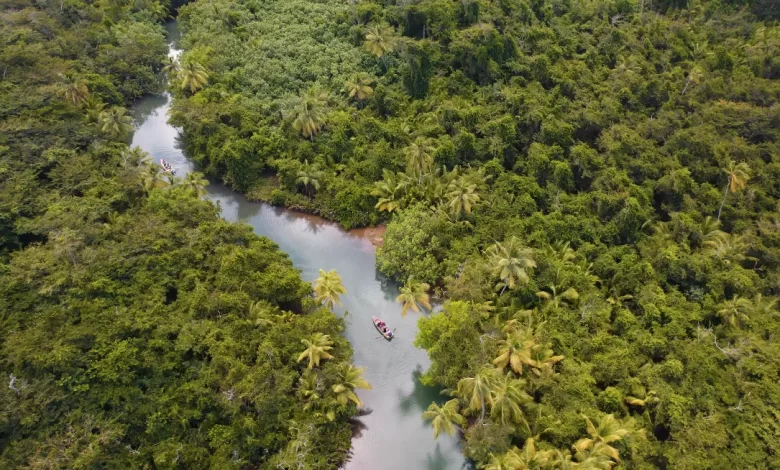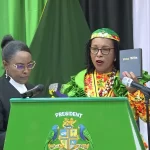Dominica’s Ecosystems

Dominica is known for its vast and diverse ecosystems, which range from coastal mangroves to high-altitude cloud forests. The island, often called the Nature Isle of the Caribbean, is home to rich biodiversity, with more than 60% of its land covered by forests. These ecosystems support many plant and animal life, including endemic species such as the Sisserou Parrot and the Jaco Parrot. The island’s unique geography, which includes nine volcanoes and numerous rivers, creates habitats that range from lowland tropical rainforests to montane cloud forests.
Ecosystem Diversity in Dominica
Dominica’s ecosystems vary incredibly, including coastal wetlands, dry forests, and rainforests in the Morne Diablotin National Park and Morne Trois Pitons National Park. The island’s marine ecosystems are also significant, with coral reefs and seagrass beds that shelter fish species and endangered sea turtles. Coastal mangroves and estuaries act as critical buffers against storms and help maintain the island’s marine biodiversity.
The island’s watersheds, such as the Layou River and Indian River, are essential for maintaining freshwater ecosystems that support aquatic species like the freshwater crab and various fish species. Dominica’s unique volcanic features also create habitats like the Boiling Lake and hot springs at Wotten Waven, where sulfuric waters support specialized microbial life.
Conservation and Sustainable Management
Dominica is at the forefront of conservation, particularly with the active participation of the Kalinago, the indigenous People of Dominica, who contribute to the sustainable management of the island’s fragile ecosystems. Conservation efforts are also supported by government initiatives, such as those protecting the Central of Northern Forest Reserves, and the Cabrits National Park Marine Section, which is crucial for marine biodiversity and eco-tourism.




